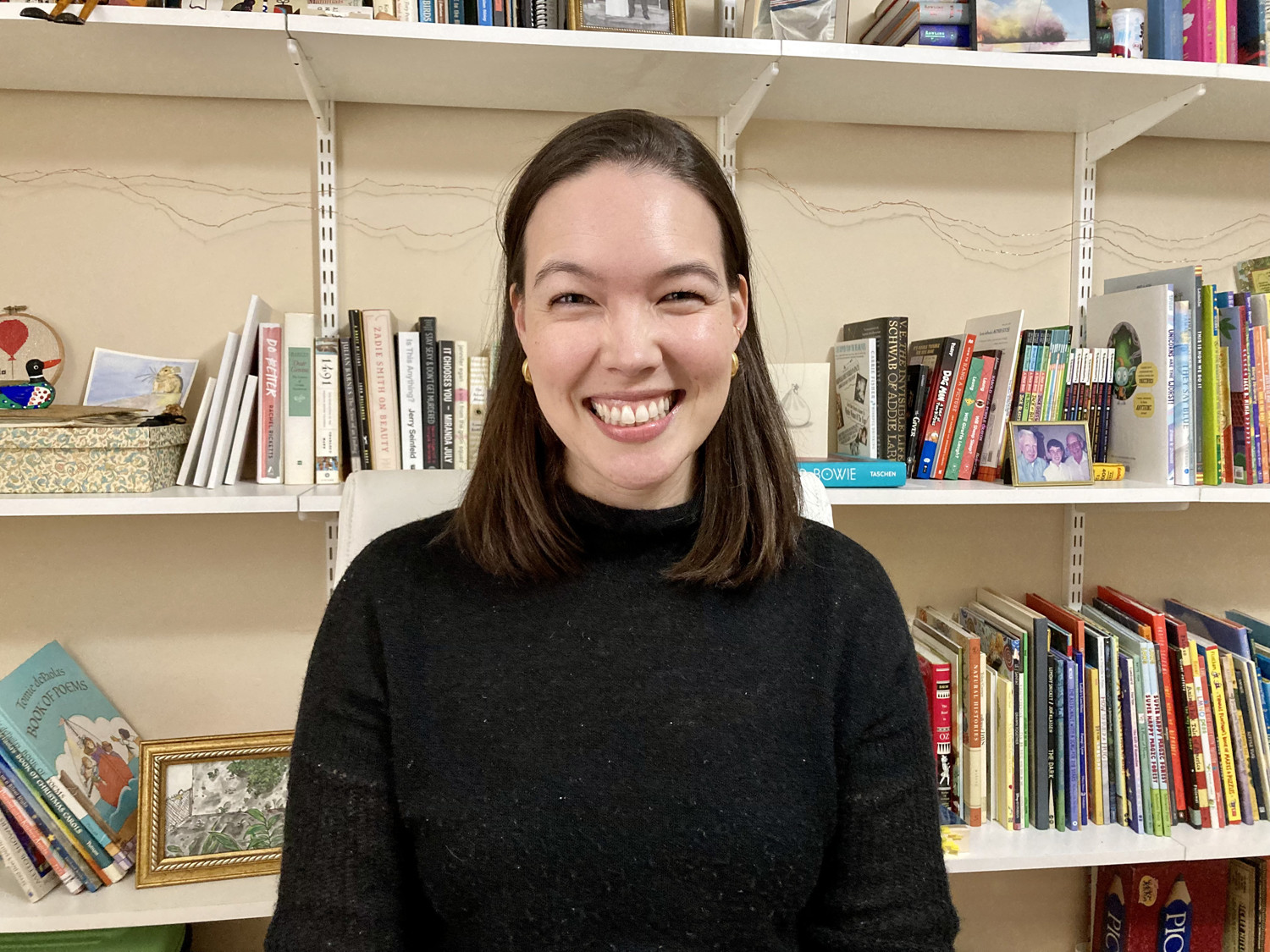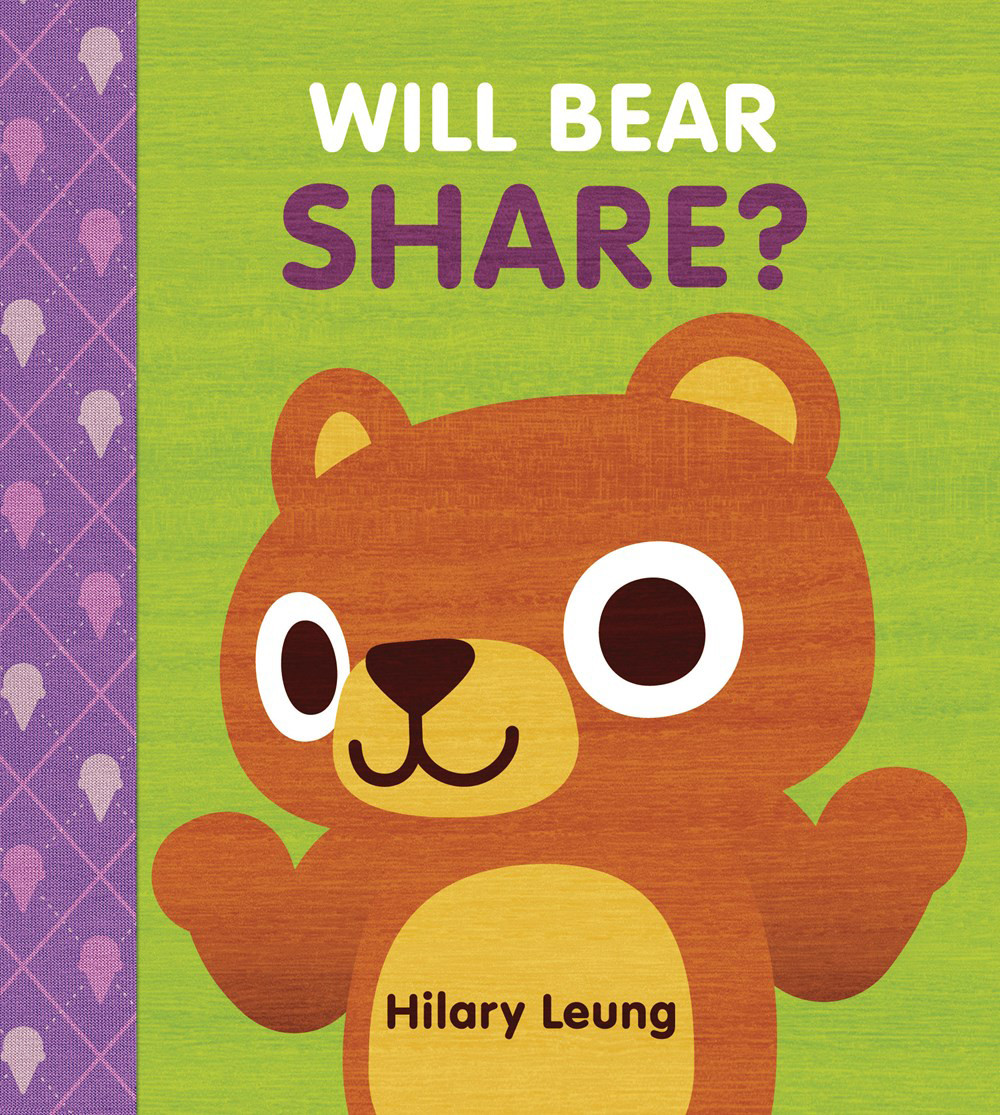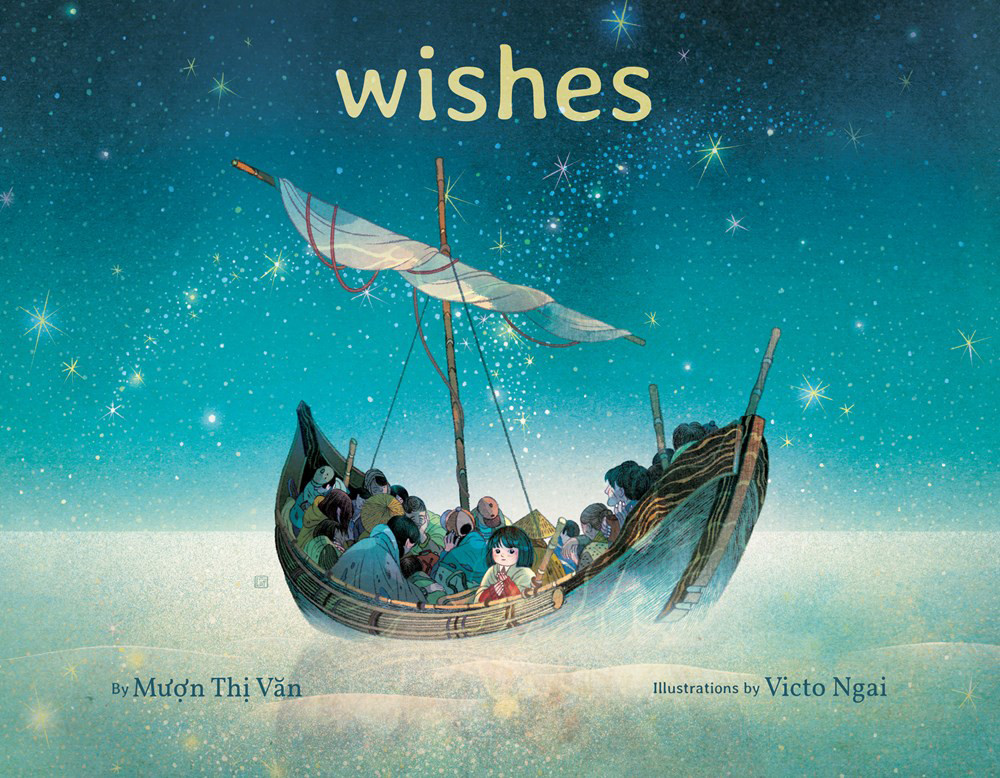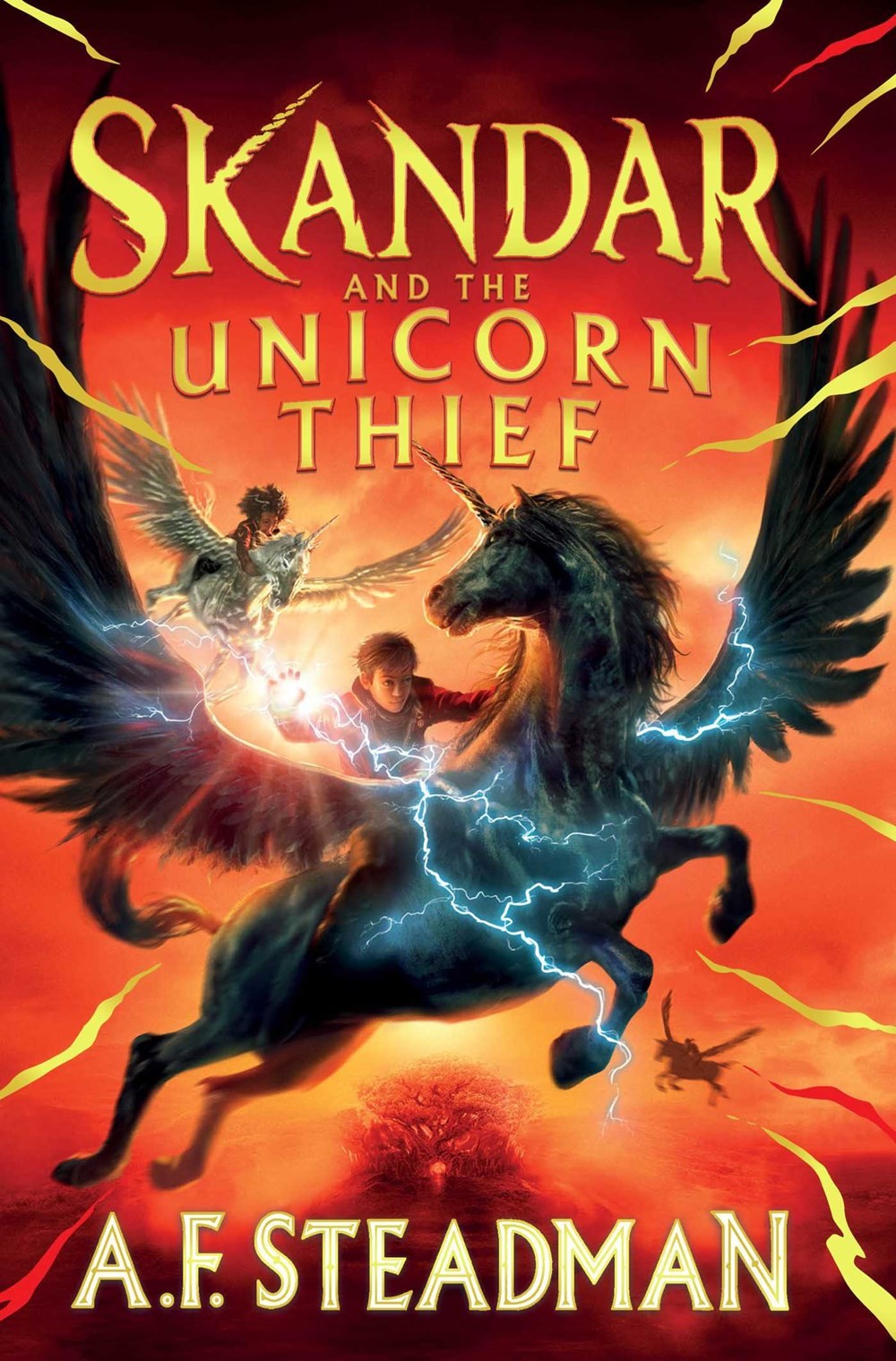
Celia Lee
Executive Editor, Simon & Schuster Books for Young Readers
Tell us about some of the key publishing positions you've held to date & how you arrived at your current role as Executive Editor for Simon & Schuster Books for Young Readers.
During my senior year of college, I stumbled across a poster in a (to me) little-frequented hallway that simply asked, “DO YOU WANT A CAREER IN PUBLISHING?” and something simply clicked inside me. Yes! I was studying art history and English literature and hadn’t a clue what to do next. I applied for the NYU Masters in Publishing in program, got in, and never looked back.
My first big job once I got to New York was as an editorial assistant in Scholastic’s Book Clubs division. If you’re not familiar, Book Clubs are those flyers that you would get in school that featured all the books you could ever want to read. It’s all about empowering children to choose. I worked on the youngest flyers, then called Honeybee (for kids in daycare) and Firefly (for preschoolers). It was an incredible crash course on the current children’s book landscape—all the publishers presented their books to the Clubs, and then you immediately got feedback on which of these books resonated with children from their purchases in the flyers. I was always drawn toward illustrated books in general and this experience solidified my love of the genre.
A couple years later I realized that I really wanted to be a part of the creative book-making process, so I managed to get an assistant editor role in Scholastic’s Trade division, developing and acquiring illustrated books for their Cartwheel, Orchard, Scholastic Press, and Acorn/Branches imprints. No two days were ever the same – sometimes I’d be working on the mechanics of a novelty book, while in others I’d be coming up with new book ideas to pitch to artists, and in my down time I’d be looking up trends on Pinterest and Instagram and other social media sites. It really stretched my creative muscles, and it gave me a deeper understanding of how to work collaboratively with a team. It truly takes a village to make an idea into a book!
I took a brief hiatus from editing for a year to go back to Clubs to work on their We Need Diverse Books™ partnership, which was truly a career highlight. I owe so much to everyone who has ever been a part of WNDB for pushing the conversation about representation and authenticity forward. It was wonderful to be able to work with them to identify and elevate voices from historically marginalized backgrounds and to get their books in the hands of readers everywhere. And it fueled my desire to go back to editing and working on new and exciting stories!
I moved over to Simon and Schuster’s Books for Young Readers imprint last summer when they were looking for an executive editor who could bring their picture book experience to their incredible team (seriously, I am so lucky to be with this fantastic group of editors and art directors). I’m excited to bring new and established voices to the illustrated part of our list, making sure our titles provide, as Dr. Rudine Sims Bishop coined, windows, mirrors, and sliding glass doors to all kinds of young readers.
The ability to convey emotions & expressions are key when it comes to illustrating children's books. Could you highlight a few of your favourite examples where an artist has done this exceptionally well?
I’m so glad you asked this, because I find that’s often what I see missing from an illustrator’s work, and it really is so essential to see that an artist can convey emotion directly and clearly for me to feel confident in partnering together. Because most picture book readers aren’t able to read yet, the only way they are taking in the story is through the illustrations – that is the only narrative they know. So it’s especially important that the art makes that extra effort to go big on feelings.
I once spoke to an author who was a former early childhood education specialist about his thoughts on illustrations, and he told me his theory: the key to bringing out emotion (and subsequently the key to engaging with a child reader) is through the eyes of a character. He very much believed that characters’ eyes should be big and look like real eyes versus cartoony “dot” eyes, because that’s what children gravitate toward. Now I’m not so sure about the realistic vs. dot eye theory, but I must say that he’s right about the eyes of the character being key to expressing emotions. No matter what the style of the art, be it more minimal or hyper-realistic, the eyes will be the first clue as to the feeling of the page.
I’m going to share two examples from two very different books to show you what I mean. The first is from the very funny Will Bear Share? from author-illustrator Hilary Leung. In the first scene here, you see Bear and Crocodile witness a TRAGEDY – the ice cream has fallen out of the cone! Their eyes are HUGE and it’s very clear that they are horrified – their bodies are frozen in mid-stance. Then on the very next page, their bodies have move toward the fallen ice cream and their eyes are closed – represented in big u’s—making it very clear that they are sad.



In Wishes, which is a very serious picture book tonally, illustrator Victo Ngai also uses eyes to showcase the feeling of a page. In the spread I’m sharing, you immediately look to the characters in the foreground – the little girl and her dog – their eyes round and very shiny as if they are going to well up in tears at any moment. Even though the characters in the back are doing what seems to be a normal activity – packing up food in a backpack – it’s clear that that something is not okay here. There’s a feeling of fear and loss from how the dog is looking up at the girl, and how the girl is viewing the activity.


Of course, there are other little details/clues in both of these that accentuate the emotions – the position of the bodies, the text that gets read aloud by the adult, the power of the page-turn – but I’m more convinced than ever that the eyes do a lot of the heavy lifting. And if you can get the eyes right, then a lot of your work is done!
What portfolio advice would you offer Childrensillustrators.com members looking to appeal to S&S BFYR?
Seeing characters interacting with their setting is SO important when it comes to illustrated books – but I’m seeing less of that in the portfolios I review. So on top of all the character studies and different styles that you’ve taken care to feature, please make sure you show that character in an environment of some sort. I want to be sure to get a sense of movement and place with your figures. And I want to know that you can illustrate a whole scene. If it helps, take a piece of text from a fairytale or a favorite story and illustrate the scene with that bit of text in place.
Related to the previous question, make sure to show characters expressing a range of emotions – sadness, playfulness, joy, anger – you get the picture.
Are there particular subjects or themes that are on your ‘hot list’ at the moment?
There are so many! With picture books, we are so desperate for more humorous illustrated stories, be it fiction or nonfiction. Slapstick, witty, dry, silly – there is so much room to explore in that category. I’d also love to see stories about every day experiences – a walk in the rain, trying something new, being too cold or too hot or too scared – how can you add your own spin or twist to these everyday moments to make them a wholly engaging reading experience? I’d also love a book about love. I think the world could always use more stories about love, especially in a beautiful picture book format.
Which titles are on S&S BFYR’s bestseller list?
This is just a smattering of our bestsellers, but on the picture book side books like the Fan Brothers’ The Night Gardener, Jessie Sima’s Not-Quite Narwhal, and Aaron Reynold’s and Peter Brown’s Creepy Carrots are some titles that immediately come to mind. Also the wonderful Sulwe by Lupita N’yongo and Vashti Harrison has become a recent classic. In middle grade, our Spy School series by Stewart Gibbs never disappoints, and Whitney Gardner’s Fake Blood and Hena Khan’s Amina books are beloved. In terms of YA, we have Jenny Han’s To All the Boys series, Benjamin Alire Saenz’s Aristole and Dante books, and most recently The Witch Haven by Sasha Peyton Smith, all of which have had incredible fanbases. But I truly am scratching at the surface here.
What makes a great children’s book character?
I’m afraid I don’t have a good answer for this, because it depends on the reader. But that’s probably a good thing because that means there’s always room in this world for more books and more kinds of characters.
Which books from your own childhood have really stuck with you?
I have to say that I’m forever haunted by Charlotte’s Web in all the best ways. It’s a book about death that doesn’t speak down to the child reader – death is just a part of life. I remember feeling so important and sophisticated after reading that last line. Shoutout to Garth William’s incredible illustrations as well – the image of Wilbur looking up at Charlotte’s children gets me every time.
Who has been your greatest career cheerleader & mentor?
I feel so incredibly fortunate to have had some amazing bosses and mentors in my life who have helped me personally and professionally. Liza Baker and Ann Marie Wong are two such people. I’m more of a timid, “wait and see” person by nature but both women have shown me the value of being bold and most important, being kind.
I’d also love to give a special shoutout to the incredible people at We Need Diverse Books™, both past and present, who have been so supportive not only of creators and kids, but also professionals in the industry, too. Without their tireless work and advocacy, I don’t think I would be the editor I am today.
What would your dream project look like?
I would love to see what a contemporary version of The Berenstain Bears’ The Spooky Old Tree would look like for today’s audiences. There’s something about that book – the repetition, the mystery of that tree, the sense of discovery and adventure—that always thrilled me and the littles in my life that I’ve read it to.
What exciting new titles does S&S BFYR have in the pipeline?
There are so many amazing titles coming out that it was difficult to bring this list down to a manageable size! As the largest children’s imprint at S&S we really aim to have something for every kind of reader on our list from picture books through YA and everything in-between! Our editorial director Kendra Levin calls us eclectic, and that’s really and truly what our list is in the very best possible way.
Picture Books
IF YOUR BABYSITTER IS A BRUJA
YETIS ARE THE WORST
PERFECTLY PEGASUS



Chapter Books/ Younger Middle Grade
TATER TALES
ONCE UPON A TIM
ZARA’S RULES



Middle Grade
SKANDAR AND THE UNICORN THIEF
BARB AND THE GHOSTBLADE
HOW DO MEERKATS ORDER PIZZA?



YA
LOVE RADIO
BLOODMARKED
BLAINE FOR THE WIN



